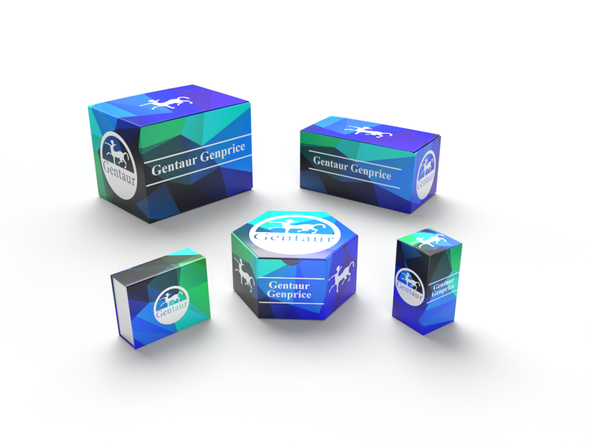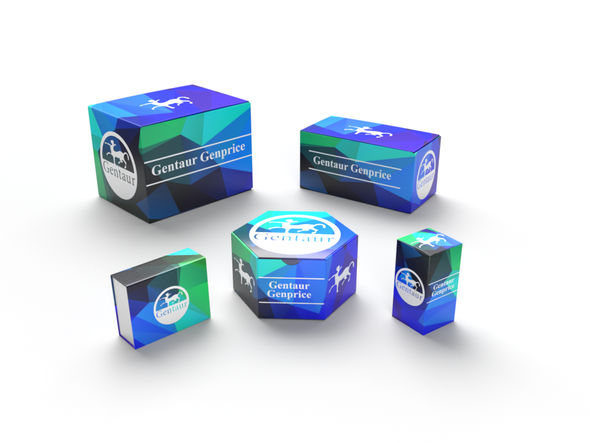Description
RIOK3 Antibody | 25-743 | Gentaur UK, US & Europe Distribution
Host: Rabbit
Reactivity: Human, Mouse, Rat
Homology: N/A
Immunogen: Antibody produced in rabbits immunized with a synthetic peptide corresponding a region of human RIOK3.
Research Area: Cell Cycle, Cancer, Signal Transduction
Tested Application: E, WB
Application: RIOK3 antibody can be used for detection of RIOK3 by ELISA at 1:62500. RIOK3 antibody can be used for detection of RIOK3 by western blot at 1 μg/mL, and HRP conjugated secondary antibody should be diluted 1:50, 000 - 100, 000.
Specificiy: N/A
Positive Control 1: 721_B Cell Lysate
Positive Control 2: N/A
Positive Control 3: N/A
Positive Control 4: N/A
Positive Control 5: N/A
Positive Control 6: N/A
Molecular Weight: 59 kDa
Validation: N/A
Isoform: N/A
Purification: Antibody is purified by peptide affinity chromatography method.
Clonality: Polyclonal
Clone: N/A
Isotype: N/A
Conjugate: Unconjugated
Physical State: Liquid
Buffer: Purified antibody supplied in 1x PBS buffer with 0.09% (w/v) sodium azide and 2% sucrose.
Concentration: batch dependent
Storage Condition: For short periods of storage (days) store at 4˚C. For longer periods of storage, store RIOK3 antibody at -20˚C. As with any antibody avoid repeat freeze-thaw cycles.
Alternate Name: RIOK3, DKFZp779L1370, SUDD
User Note: Optimal dilutions for each application to be determined by the researcher.
BACKGROUND: RIOK3 was identified by the similarity to the Aspergillus nidulans SUDD protein, an extragenic suppressor of the heat-sensitive bimD6 mutation that fails to attach properly to the spindle microtubules at a restrictive temperature. The specific function of RIOK3 has not yet been determined.This gene was identified by the similarity of its product to the Aspergillus nidulans SUDD protein, an extragenic suppressor of the heat-sensitive bimD6 mutation that fails to attach properly to the spindle microtubules at a restrictive temperature. The specific function of this gene has not yet been determined.





![RIOK3 Antibody (Center) [AMM07615G] RIOK3 Antibody (Center) [AMM07615G]](https://cdn11.bigcommerce.com/s-1rdwiq712m/images/stencil/590x590/products/60630/60934/gentaur-genprice__26005.1661610467__29809.1661628092__75433.1661676199__77988.1661684280__64362.1661692443__35930.1661863368.png?c=1)
